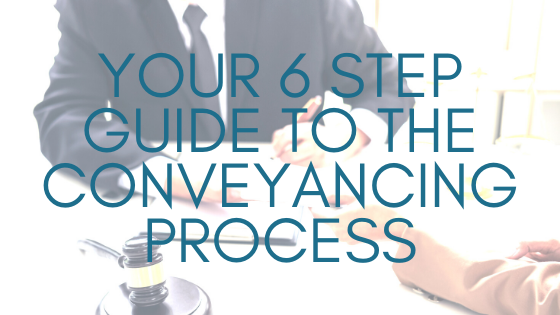
Finding the house of your dreams in Chelmsford is exciting and your next step is to secure the property as soon as possible. But buying a new home can be a complex process, particularly when it comes to understanding the conveyancing procedure.
Here at Martin & Co we always endeavour to ensure your sale and purchase runs smoothly, with no surprises along the way. So, with this in mind, we have created a no-jargon guide to the conveyancing process to help you.
But, first things first.
What is conveyancing?
Conveyancing is the legal term for the transfer of home ownership between a buyer and seller. The process begins once your offer is accepted on your chosen property and completes when you have the keys in your hand on moving day! This conveyancing process is absolutely essential to ensure that all the legalities of your sale or purchase are covered and to make certain the transfer of ownership happens with as little stress as possible.
Who does the conveyancing?
Although you can do it yourself, we always recommend that the conveyancing process is undertaken by a professional solicitor or a conveyancer as it can be a multifaceted process. You’ll need to instruct a legal professional as soon as your offer on a property is accepted, so it’s wise to make enquiries and carry out due diligence so that you have several options ready and can start the process without delay. Once you have chosen and appointed a conveyancer or solicitor, they will draw up a draft contract and advise you of their charges.
The 8-step Conveyancing Process
Step 1: Initial contact is made between legal representatives
The first task undertaken by your solicitor or conveyancer will be to contact your seller’s legal representative to request a copy of the draft contract, the property’s title and other standard forms. Your solicitor or conveyancer will thoroughly examine these documents and raise any initial queries. They will also action a number of ‘searches’ to make sure there are no issues you need to be aware of that are not in plain sight. The most common searches are local authority searches, environmental searches and drainage and water searches.
Step 2: Mortgage and survey requirements are confirmed
At this point, if you need one, you should make sure your mortgage is in place as your solicitor or conveyancer will require a copy of your mortgage offer for the next stage of the conveyancing process.
You will also be required to get a mortgage valuation. This is carried out on behalf of your mortgage lender and is to satisfy the lender that the property is secure against the amount of money they are loaning you.
A necessary survey may also be required at this stage. Whilst not a legal requirement, whether you decide to instruct a survey on the property or not will depend on both the property and your specific circumstances.
Step 3: Contracts are signed
Once all the searches have completed, queries have been answered, you have provided your mortgage offer and are satisfied with the survey that has been carried out on the property, your solicitor will agree details regarding the transfer of your deposit funds along with a completion date. You will then be ready to sign the contract in preparation for exchange and completion.
Step 4: Contracts are exchanged
Next comes the exciting part! Exchange of contracts between buyer and seller. Your deposit will be paid on exchange and at this time you will be in a legally binding contract. The good news is that the seller can no longer accept another offer on the property and must sell the property to you. However, if you back out of the purchase at this stage, you will lose your entire deposit. There is usually a deliberate delay between exchange and completion to allow the deeds to the property to be transferred into your name.
Step 5: Finally, it’s completion day!
Completion is usually set for 12 noon or 2pm on the agreed date, however, in reality it can happen as soon as the sellers’ solicitor confirms that all monies have been received. You can then collect your keys to your new home from us – a moment that always makes us smile!
Step 6: The final legal work is completed
Whilst you move into your new property, your solicitor or conveyancer will tie up all the loose ends from a legal perspective. They will ensure stamp duty is paid on your behalf, send your title deeds to your mortgage lender and make sure you receive copies of your legal documents.
They will also send you your final bill for legal work undertaken.
Now all that is left for you to do is to unpack, settle into your dream home in Chelmsford and enjoy your perfect surroundings.



